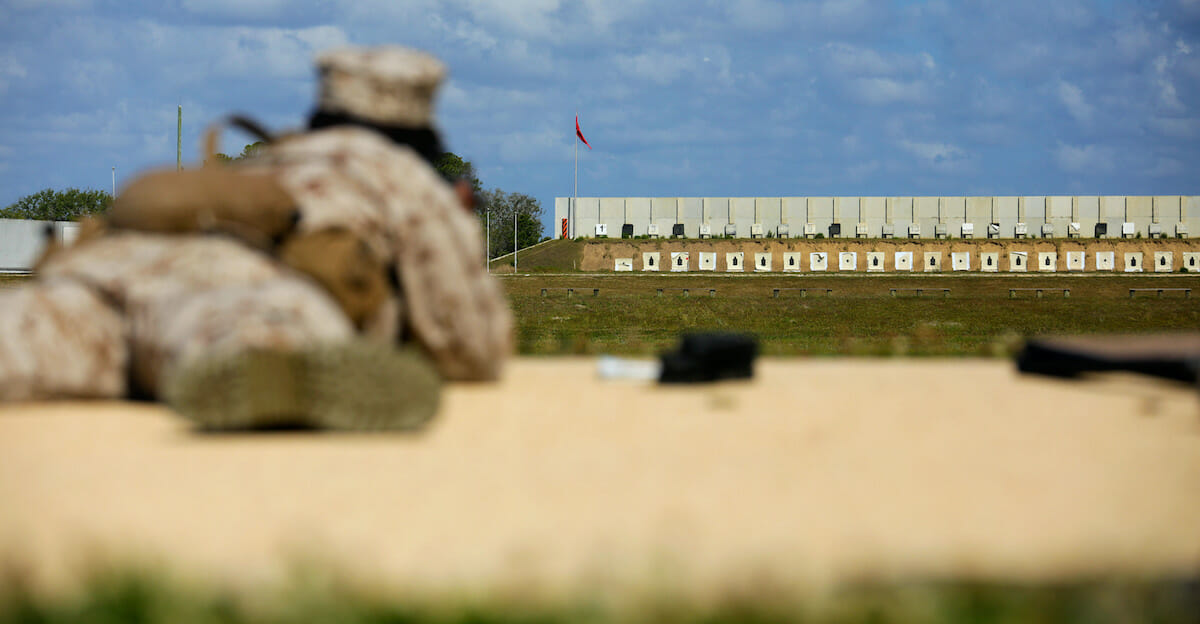According to the Defense Finance Accounting Service (DFAS) website, many military retirees who are eligible for Department of Defense (DoD) retired pay are also eligible for VA disability pay. The laws and regulations that apply when a retiree is eligible for both types of pay are complex and can be confusing.
The law requires that a military retiree waive a portion of their gross DoD retired pay, dollar for dollar, by the amount of their Department of Veterans Affairs (VA) disability compensation pay; this is known as the VA waiver or VA offset.
Some retirees who receive VA disability compensation may also receive Combat-Related Service Compensation (CRSC) or Concurrent Retirement and Disability Pay (CRDP) payments that make up for part or all of the DoD retired pay that they waive to receive VA disability pay.
This is the first article of a series of four articles on CRSC and CRDP. This article and the next two articles will attempt to explain the CRSC Program and the fourth article will cover the CRDP Program.
Military retirees and military members should seek the help of a knowledgeable Veterans Service Officer, a trained CRSC Ambassador, or another expert like an attorney who specializes in CRSC and CRDP claims.
However, the best advocate for CRSC is the veteran himself or herself. Nothing should substitute for the CRSC applicant reading the available CRSC information and the detailed and important directions on the CRSC Claim Form.
Military retirees and military members who are about to retiree should read the detailed information on the following websites.
- The Department of Veteran Affairs (DVA) CRSC webpage – https://bit.ly/3JqLexq
- The DFAS Applying for CRSC webpage – https://bit.ly/3OX7110
- The DoD Claim for CRSC Form instructions – https://bit.ly/3bn7o7r
- The DFAS Comparing CRSC and CRDP webpage – https://bit.ly/3BDXV6i
- The DFAS Understanding the VA Waiver & Retired Pay/CRDP/CRSC Adjustments webpage – https://bit.ly/3PUij7C
- The DFAS Concurrent Retirement and Disability Pay (CRDP) webpage – https://bit.ly/3vAC3oB
- Military retirees and military members about to retire may also want to read the information at military.com, which covers CRSC and CRDP and frequently asked questions – https://bit.ly/3bjOWN6
VA information
According to the VA CRSC website, found online at https://bit.ly/3JqLexq, Combat-Related Special Compensation provides tax-free payments to retired veterans with combat-related disabilities. Retired veterans must apply for CRSC through their uniformed service (Army, Marine Corps, Navy, Air Force, or Coast Guard).
CRSC Eligibility
Veterans may be eligible to apply for Combat-Related Special Compensation if they meet ALL of the following requirements: (1) the veteran is retired (and entitled to or receiving military retirement pay), and (2) has a VA disability rating of at least 10%, and (3) currently has his or her DoD retirement payments reduced by the amount of their VA disability payments.
One of the following must also be true to be eligible for CRSC:
- The veteran had 20 or more years of service in the military, National Guard, or Reserve, or
- The veteran retired for medical reasons with a disability rating of at least 30% (under Chapter 61), or
- The veteran is covered under the Temporary Early Retirement Act (TERA), or
- The veteran is on the Temporary Disability Retired List (TDRL), or
- The veteran is on the Permanent Disability Retired List (PDRL).
Documents and Evidence
Veterans will need all of the evidence they can find that proves that their disability or injuries are the results of a combat-related event. That evidence will include:
- Service medical records. These must be from when the veteran’s injury happened. The military medical records must show the severity of the veteran’s medical condition and that it is combat-related. The veteran should provide only relevant medical records. Veterans are asked to please not send all of their medical records. Do not send ANY original documents.
- Official service records. These include After Action Reports, Investigative Reports, Personnel Action Requests, and Performance Evaluations (like NCO Evaluation Reports and Officer Evaluation Reports). Other evidence may be found in Line of Duty Investigations, Operational Hazard Reports (OHRs), Serious Incident Reports (SIRs), OSHA Accident Reports and Investigations, pictures of crashed and damaged equipment and wounds, Hazardous Material (HAZMAT) Incident and HAZMAT Spill Reports, Military Police Reports, Office of the Inspector General (IG) Reports, lay witness statements, unit history records, letters of commendation, suggestions, and others.
- Decorations and award recommendations. These include Purple Heart citations, Combat Action Badges, medals, and decorations for valor.
- Retirement records. These include retirement orders and the Armed Forces of the United States Report of Transfer and supporting documents.
- Reserve Retirement point computation. Including any 15-year or 20-year letter (if applicable). Veterans must provide proof of the retirement authority by attaching a copy of their Retirement Orders and/or a copy of the veteran’s15-year letter. Evidence must clearly state that the veteran was a reservist and that he or she retired under Section 12731a of Title 10, US Code.
- Copies of ALL VA Rating Decisions. Decisions, letters, and code sheets (current and prior) and decision notices (disability compensation award letters). DO NOT REMOVE ANY PAGES. Include ALL VA documents discussing changes in benefits, including Special Monthly Compensation (SCM) and/or Individual Unemployability (IU).
- VA documentation that a veteran’s disability (condition, injury, illness) was caused secondary to another service-connected disability. For example, this writer’s migraine headaches were determined to be secondary to the numerous Traumatic Brain Injuries (TBIs) he received in combat in Vietnam.
- Medical records or notes (Military, VA, and Civilian) that verify the injury occurred. DO NOT send EKGs, lab slips, CDs, diskettes, or other electronic media.
- The veteran’s DD214, DD215, Retirement Orders, or other discharge documents. These are especially important for retirement proof and to show awards and decorations (or show combat ribbons).
- Physical Evaluation Board (MED-PED) results and/or summaries. The Physical Evaluation Board is a group of medical professionals and line officers that have the authority to decide what conditions qualify for DoD Disability.
- Any other evidence which can be used to verify the events or circumstances.
To be continued next week.
Larry Dandridge is a Vietnam War wounded warrior, disabled veteran, ex-Enlisted Infantryman, ex-Warrant Officer Pilot, and retired Lt. Colonel. He is a past Veterans Service Officer, a Patient Adviser at the RHJ VA Hospital, the Fisher House Charleston Good Will Ambassador, and the VP for Veteran Affairs for the local Army Association Chapter. Larry is the author of the award-winning book Blades of Thunder and a contributing free-lance writer with the Island News. Contact him at LDandridge@earthlink.net or 843-276-7164.








